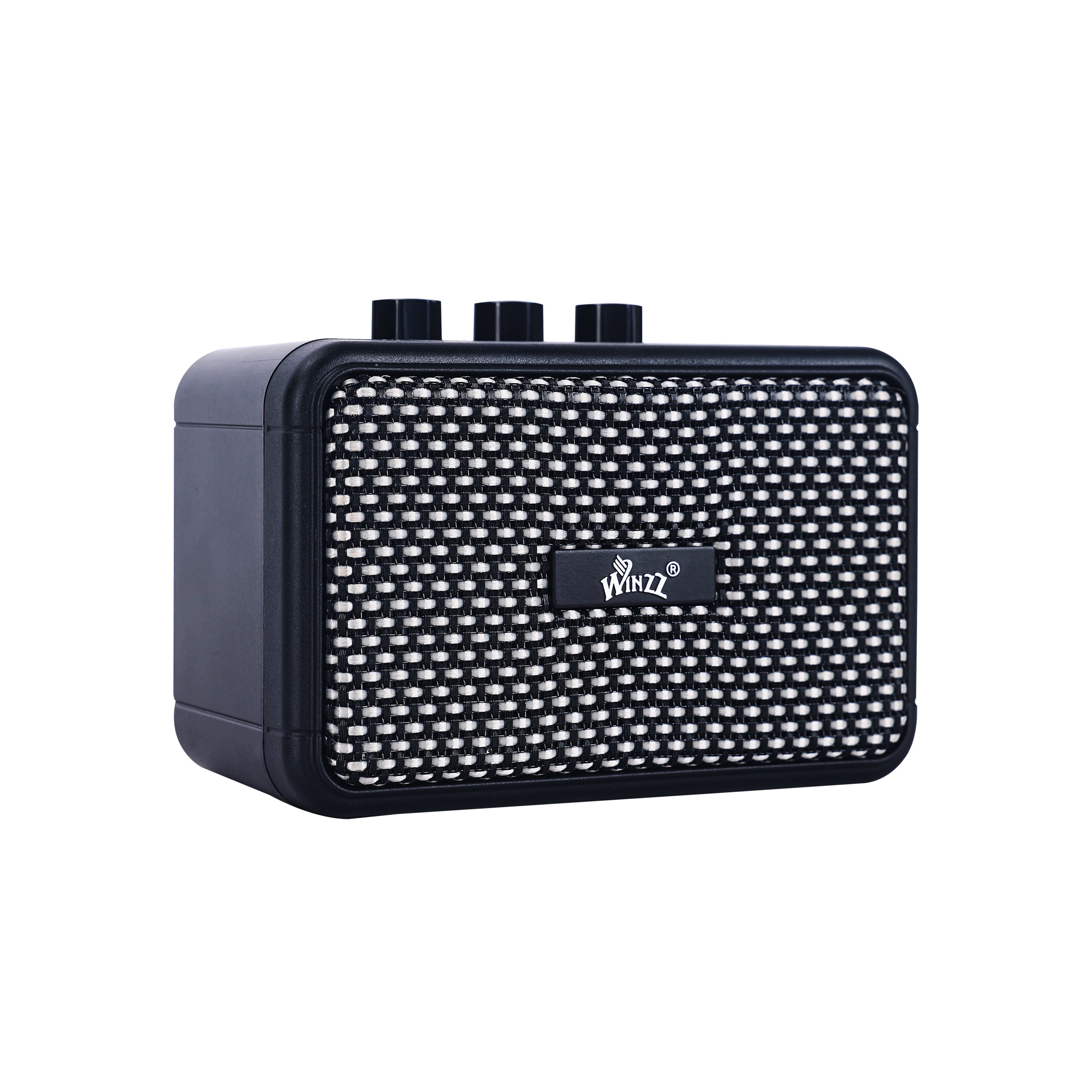Guitar, also known as six-stringed guitar, as one of the most important plucked instruments, has a long history of development.
According to different structures and sound principles, guitars can be roughly divided into three types: classical guitars, electric guitars and acoustic guitars.
Classical guitar: 39 inch classical guitar was originally called the classical six-stringed guitar. It belongs to the category of classical instruments as well as harps and lutes. As the most artistic and widely applicable one among guitars, the classical guitar can be used for various kinds of performances such as solo, ensemble and symphony orchestra. Nowadays, classical guitar has become an international formal instrument because of its elegance, pure and melodious tone.

Electric guitar: With the development of science and technology, ordinary guitars have developed into solid wood electric guitars with accessories such as guitar picks, electric guitar amplifiers, and speakers. The sound of the electric guitar makes use of the principle of electromagnetism, and is mainly applied to filling, interlude, and sometimes the leading role of the acoustic band.
Acoustic guitar: Dreadnought solid top acoustic guitar are more common in daily life, with crisp and bright tone, mainly used for accompaniment, and can be sung while playing with chords. In daily performances, acoustic guitars are mostly suitable for country, folk and modern music, and the playing form is relatively relaxed and casual.

Flamenco guitar: Flamenco solidwood Spanish guitar, a type of guitar with typical Spanish national characteristics, has a rough style. In appearance, flamenco guitars are thinner than classical guitars, and the materials used for making them are also quite different from classical guitars. Flamenco guitars have a harder and brittle tone, and are mainly used to play Spanish folk music, with complex rhythms and rich techniques. Now it has gradually developed into a world-wide musical instrument with a distinctive style of Spanish national style.
Acoustic bass: Acoustic bass, also known as the "electric bass guita", is the main instrument that produces bass in the band's performance. It can make the overall pitch of the band become round, full and powerful. The common one is composed of four strings, which are played by lowering the 3456 strings of the original guitar by an octave.
Twelve-string guitar: With more strings and wider neck, its playing method is similar to that of the six-string guitar. When playing 12 strings acoustic guitar, performers must press two strings at the same time. This is why the charm lies in a wide range of sound that cannot be played on a six-string guitar. In terms of its tuning method, the pitch of string 1 and string 2 is the same as that of its corresponding sub-string, and the pitch of string 3456 and its corresponding sub-string is one octave lower. Since each of the main strings of the twelve- string guitar has a secondary string, the playing effect is pleasant to hear, which is deeper than the six-string guitars.
In addition, there are different kinds of guitars designed for specific situations, such as resonator guitars,gypsy jazz guitars,Hawaiian guitars and ovation guitars.
According to the quality of the production materials, guitars can also be divided into four types: master, professional, practicing and popular. The production materials of master guitars are relatively expensive, most of which are customized or limited; Professional guitars are mostly the main products of famous brands in the professional field, and the materials are excellent; Most of the practical guitars are middle and low grade products of better brands; Compared with the other three models, the popular type is more common and the sound quality is relatively general.
The above is the general classification of guitars. When you choose a guitar, you can select according to your current needs, learning stage, tone and material of guitars, etc. Hope these can be helpful to you!



















